Australia has gone through many changes in the last 50 years, whether environmental, social or cultural. These changes have been visually documented by people with diverse backgrounds and experiences. These photographs capture Australia’s history in unique and fascinating ways.
The National Library holds a vast photography collection that contains and documents so many different moments in Australia’s history. Images of the everyday Australian, the Australian experience and the times in Australia where change was happening right in front of the camera.
The diversity of the moments captured is reflected by the photographers who captured them.
Below are just a few of these photographers. All have images displayed and celebrated in Viewfinder: Photography from the 1970s to now, the exhibition running from 16 September 2022 to 30 April 2023. Read on to learn about some important photographers from Australian history.
Mervyn Bishop (1945)
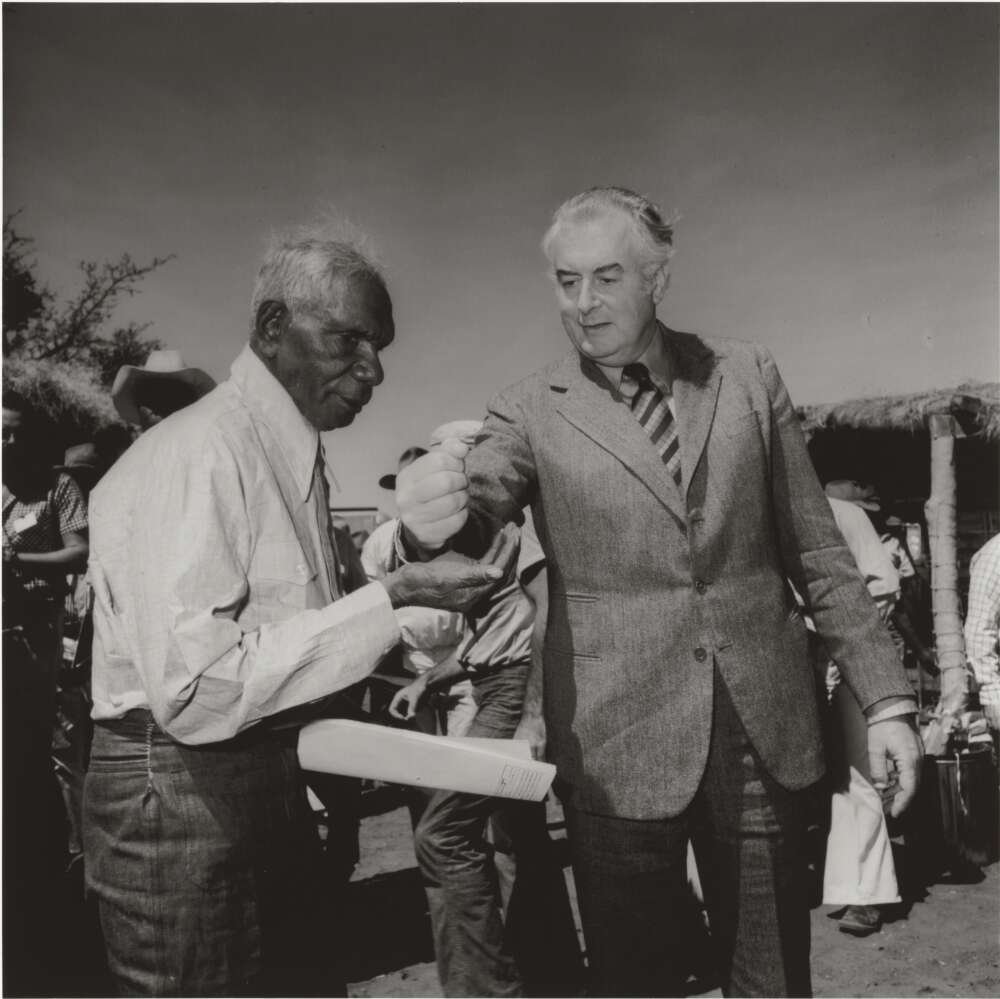
Mervyn Bishop, born in Brewarrina, began his photography career at The Sydney Morning Herald in 1963. He was the first Aboriginal Australian to receive a cadetship with a major daily newspaper. He eventually moved on to the, at the time, newly developed Department of Aboriginal Affairs in 1974 and covered many major developments for First Australian communities. It was during this time when Bishop captured the iconic image of the previous Prime Minister, Gough Whitlam, ceremoniously handing back the soil of Daguragu land to Vincent Lingiari.
In 1971 Bishop won the News Photographer of the Year, only 8 years after staring his career. His first major exhibition, In Dreams: Mervyn Bishop Thirty Years of Photography 1960–1990, was shown at the Australian Centre for Photography in Sydney in 1991 and then toured around Australia and internationally. His photos mix documentary and artistic styles to create stunning and impactful images, ones that continue to be important to this day.
Explore the Mervyn Bishop collection of photographs, 1963-1989
Olive Cotton (1911-2003)
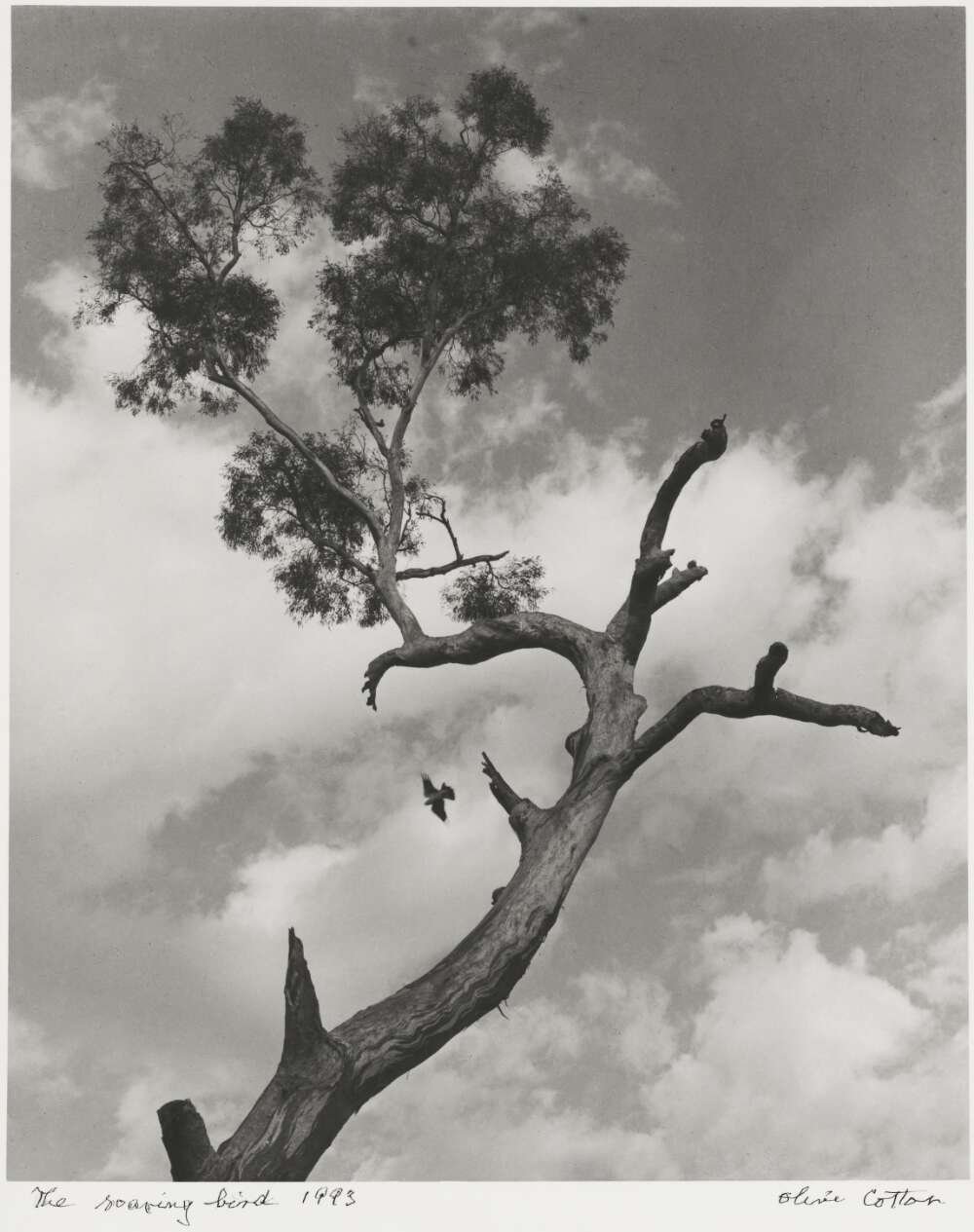
Starting her photography passion young, Olive Cotton was gifted her first camera, a Kodak Box Brownie, at age 11. Her subjects of choice were varied, including fashion, landscapes, weddings and portraiture. During the Second World War, Cotton ran the Max Dupain Studio in Sydney on her own while her husband at the time, Max Dupain, was serving in the military.
She is best known for favouring the modernist style which encourages straightforward photography. In saying this, she did experiment with elements of pictorialism which leans more on artistic renditions of the subjects. She did a lot of her experimentation with lighting effects and close-up photography during her time at the Max Dupain Studio.
Explore some of Olive Cotton's photography
Peter Dombrovskis (1945-1996)
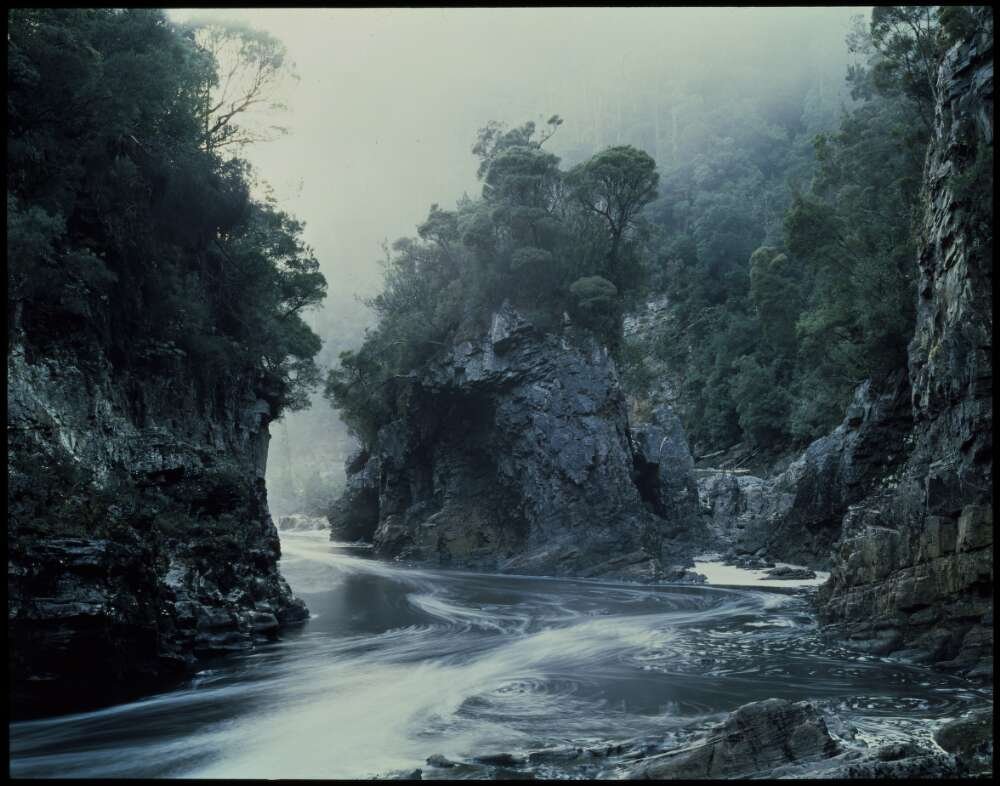
Born in Germany, and emigrating to Australia in the 1950s, Peter Dombrovskis started his photography journey in the 1960s. He is best known for capturing the Tasmanian wilderness and some of his photographs have been instrumental in conservation efforts. During the protests to prevent the damming of the Franklin River, one of his photographs became known as ‘the photo that saved the Franklin River’.
The National Library holds over 3,000 Dombrovskis transparencies, many of which can be viewed online in Trove. NLA publishing also celebrated his work with Journeys into the Wild: The Photography of Peter Dombrovskis, published in 2017.
Peter Dombrovskis was inducted into the International Photography Hall of Fame after his death in 2003, the first Australian to be granted this honour.
Explore the Peter Dombrovskis archive of photographs, 1960-1996
Rennie Ellis (1940-2003)
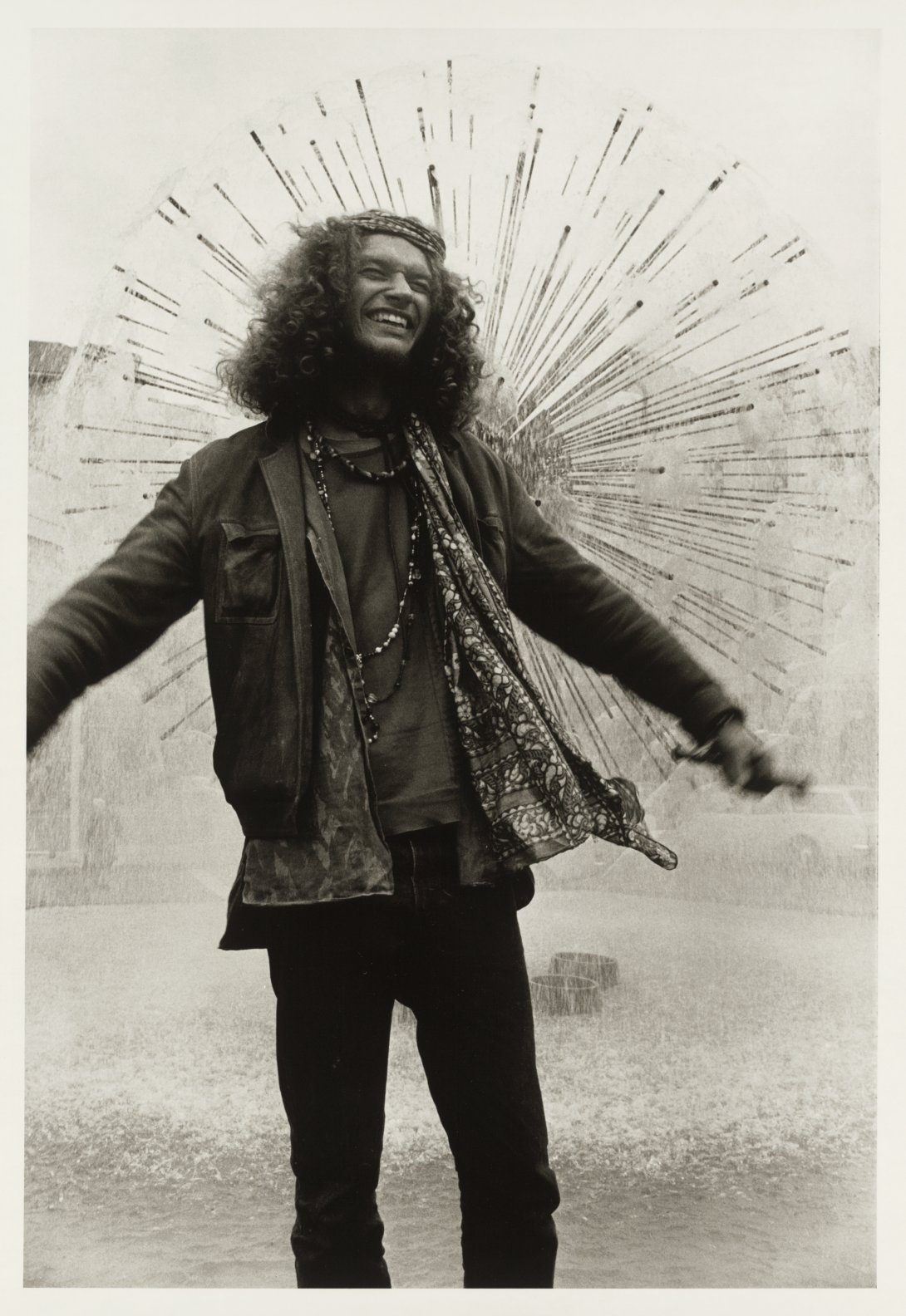
Rennie Ellis was a photographer and writer who captured a lot of the rise of hedonism that was experienced in the 80s. He wanted to record the world he lived in and enjoyed documenting ‘marginal people who have a cultural focus outside of the mainstream’.
‘It’s when people are doing things that come from the heart and the soul, passionate about ... that sort of thing I love to document.’ Rennie Ellis The Age 1992, nla.cat-vn343843
After leaving the advertising business in 1969, Ellis became a freelance photographer. He took photos and wrote articles for numerous publications, most notably, The Age. He also contributed to several magazines and was the Melbourne correspondent for Playboy magazine.
His exhibitions and books all focused on the Australian popular culture of the time, sometimes pushing the boundaries, but always being amongst some of the biggest changes in documentry photography history.
Explore the Rennie Ellis: Aussies all photography collection
Joyce Evans (19209-2019)
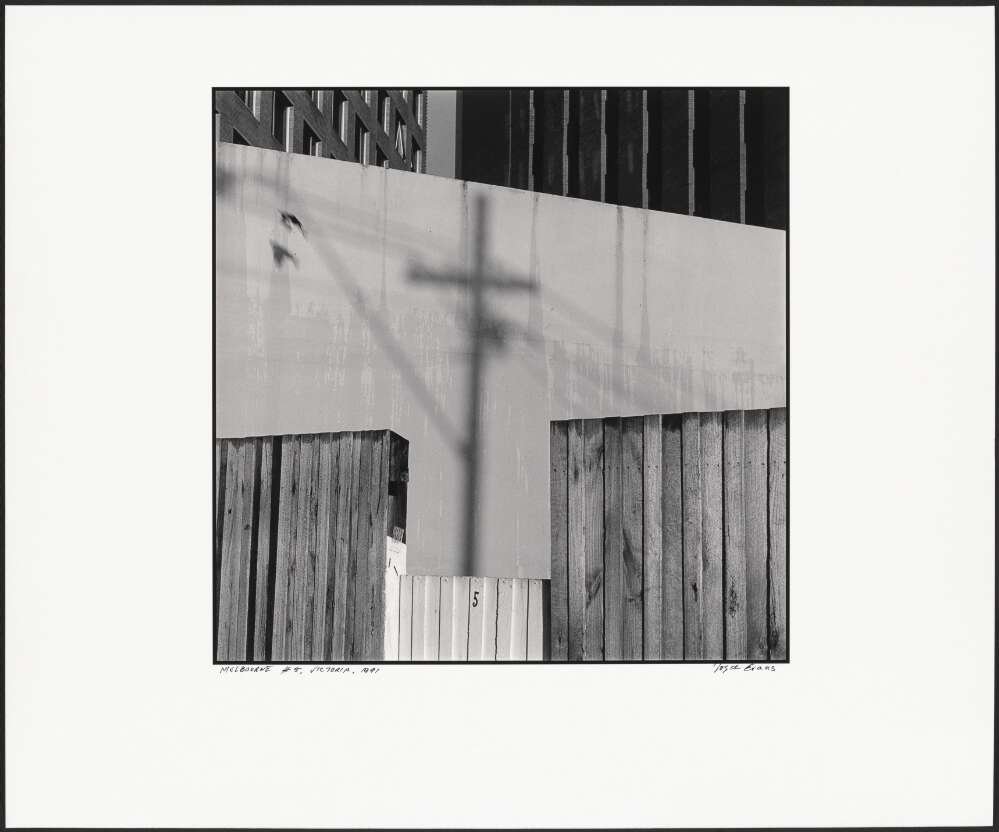
Although self-described as a businesswoman first, Joyce Evans is still a largely important figure in Australia’s photography history. She was an art historian, a gallery director, a curator, an art collector and a lecturer. She founded the Church Street Photographic Centre in Richmond in 1976 which stayed open until 1982. It celebrated photographers from all around Australia and the world, like Rennie Ellis. It was the first commercial photographic gallery in Melbourne.
‘… photography is a tremendously exciting art form that’s still within the range of most people to collect.’ Joyce Evans, The Age, 1977, nla.cat-vn343176
Evans’ photos often captured the connection between the subject and the space around them. She was inspired by the colours of the Australian landscape and valued the psychological connections she could see through the lens.
Joyce Evans lectured on photography history at EMIT University and worked documenting Australian country towns and events for the National Library for over 10 years. Recently, NLA Publishing released a book celebrating Joyce Evans and her photography. It’s a stunning monograph that shows how Evans’s photography was about more than capturing the surface appearance of a subject, but also their essence and spirit.
Explore Joyce Evans’ photography
Ruth Maddison (1945)
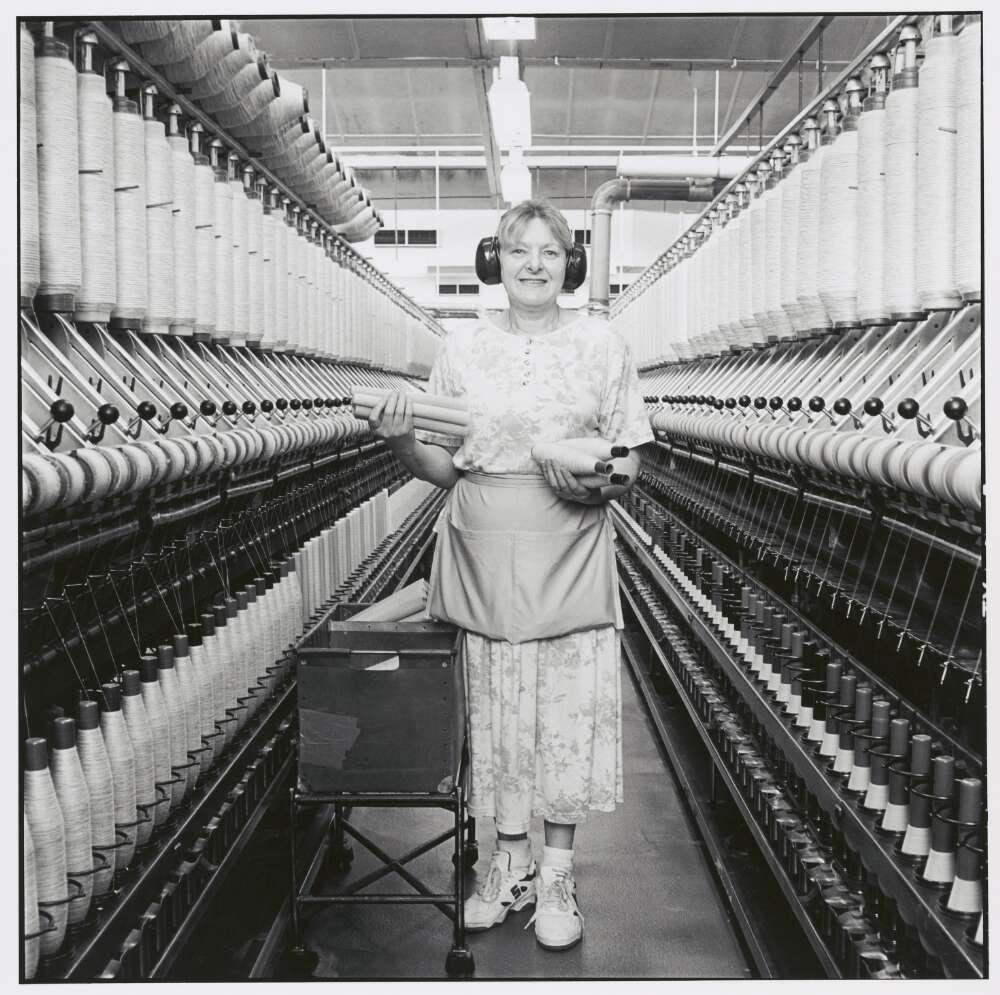
Ruth Maddison’s interest in photography started when she picked up a camera at 30 and discovered a way to capture a passion of hers – personal biographies and the celebration of everyday life. Completely self-taught, Maddison started working professionally in 1976 and her first solo exhibition was in 1979.
Maddison experimented with artistic processes like hand colouring her black and white images. She would explore themes of relationships, community and families with her photography, often creating intimate and powerful images.
‘I thought it would be interesting to see how a woman in 1983 looked at men’ Ruth Maddison, Sydney Morning Herold, 1983, nla.cat-vn1972697
Maddison contributed to the project And so … we joined the Union, funded by Art & Working Life Program, which aimed to document union workers in their place of work. She was enlisted to increase the representation of women in the workforce. This project and others, like her time reconstructing the family album, had an impact on the feminist movement at the time. Although her mediums have expanded, exploring textiles, sculptures and the moving image in more recent times, her passion for people’s stories remains.
Explore Ruth Maddison’s photography
William Yang (1943)
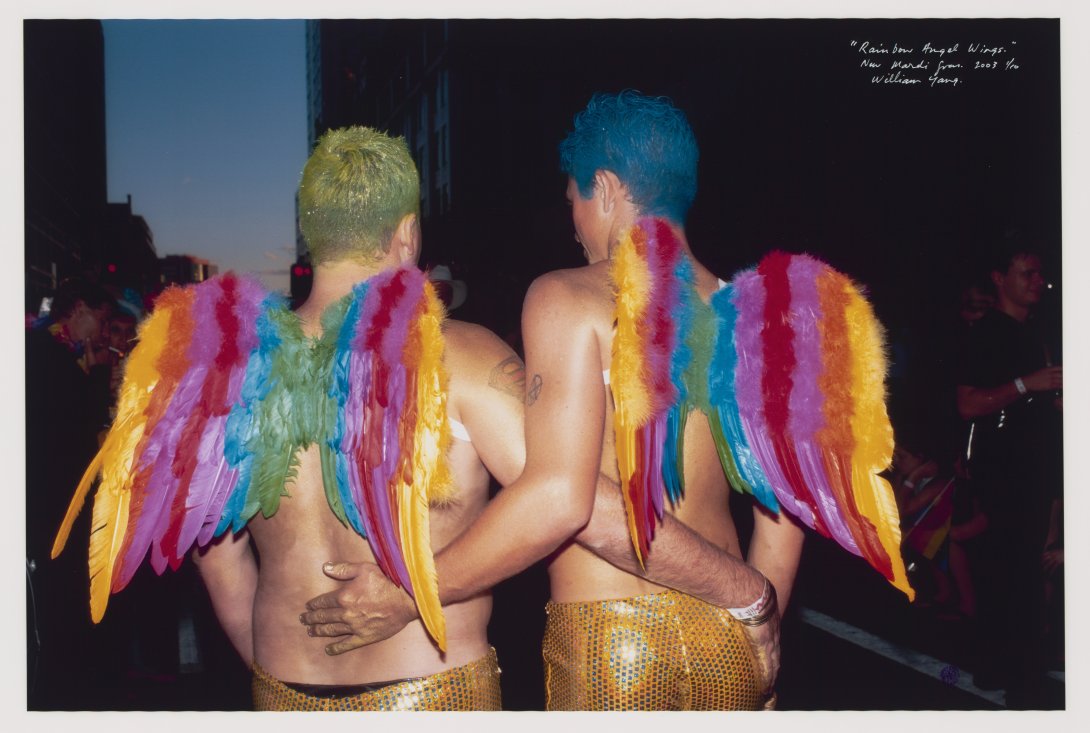
Starting out as a playwright, William Yang soon turned to photography to make ends meet. He’s best known for his photographs celebrating Australian’s sexual and cultural identities. As a gay Chinese Australian, his photographs often explored the experience of accepting this identity.
In 1977, his first exhibition, Sydneyphiles, displayed at the Australian Photography Centre, explored the emerging gay community and party scene in Sydney. He took candid shots during parties and events, but also the aftermath. Photos of askew bed sheets and sleeping party goers. His photos were often taken in a way that suggested the observer was just as much a part of the scene as the subjects.
Explore William Yang’s My generation series, 1975-2011
Explore William Yang’s Australian Chinese collection
Viewfinder: Photography from the 1970s to now
From black and white images to the vibrant high definition images of today, come and see these significant photographers and many more in our Viewfinder exhibition. Drawing exclusively from the vast photography collection at the National Library of Australia, the 125 images in this exhibition reveal a changing Australia.
If you’re unable to visit the Library in person, why not walk through our exhibition online.